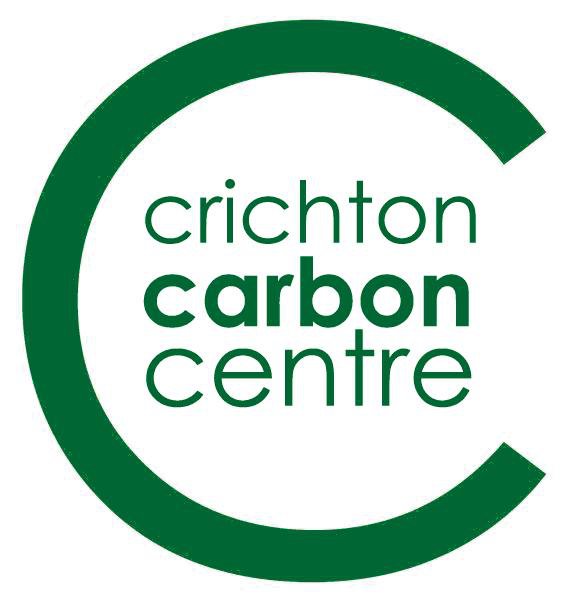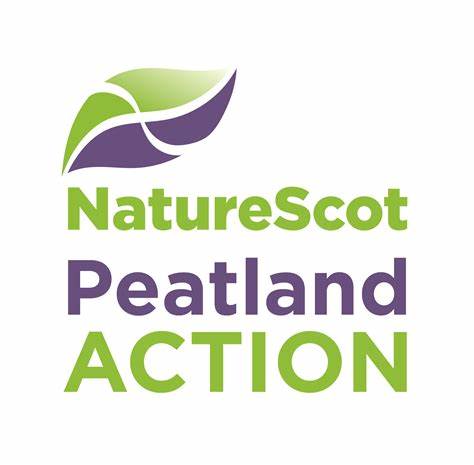Monitoring Water Quality
The headwaters of many Galloway rivers have been well documented in being subject to the effects of acidification. Atmospheric acid deposition (largely from the burning of fossil fuels) in areas of base-poor geology has resulted in soils exceeding their capacity to buffer against the acid inputs, leading to artificially lowered pH within soils and waterbodies.
Where large scale conifer plantations are present, the impacts of acidification are often greater due to the efficiency of conifers in scavenging acid from the air. More recently, the impacts of degraded peatland are becoming better understood, with degraded peatland also contributing to acidification impacts in areas with poor buffering capacity. Some of the most acidified watercourses in Galloway are found where conifers have been planted on deep peat.
Salmon and trout populations are particularly susceptible to low pH which can inhibit the enzyme that facilitates hatching in trout and salmon eggs. This can lead to partial, and in extreme cases complete, egg loss within spawning grounds. In addition to the direct impacts of low pH it can also be associated with increased levels of labile Aluminium that is toxic to fish and can lead to deformities or even mortalities. The available literature suggests that prolonged periods of pH below 5 should be considered damaging to trout and salmon populations, whereas pH below 4 should be considered lethal. Despite some recovery in Galloway from acidification (largely due to improvements in air quality and some changes in land use) the pH levels in some areas can still regularly get below pH5, with some of the most acidified watercourses still getting below pH4 on occasion. This is seen in GFT electrofishing results where, despite some recovery, juvenile trout and salmon numbers remain suppressed in headwater areas of the Water of Luce, River Bladnoch, River Cree, Water of Fleet and the Black Water of Dee.
The identification of areas where acidification impacts fish populations and working to address, mitigate or inform land management practice, forms a large part of the work carried out by GFT. Within this, the identification of areas of degraded peatlands that are causing significant water quality issues forms a key component of this work (and in particular areas where conifers are planted on deep peat). Where land use results in degraded peatlands that are impacting fish populations there may be the opportunity for multiparty work towards peatland restoration that fulfils a number of environmental and climatic goals. This can include benefits such as carbon storage, repopulating unique peatland flora and fauna and improved water quality with resulting benefits for fish populations. For that purpose GFT has, since 2019, been working in partnership with Peatland Action (PA) and the Crichton Carbon Centre (CCC) to record and monitor water quality in sections of Galloway rivers that are impacted by acidification. The project aims to monitor the impacts of peatland restoration on water quality (particularly in relation to salmonids), assess water quality across upland sections of rivers and to use the information gathered to raise awareness, prioritise areas where peatland restoration will provide the most benefits and to provide data to feed into land management plans/consultations. The collaboration between GFT, CCC and PA is funded by NatureScot.
Work to monitor water quality is mostly carried out over the winter when rainfall is typically highest, resulting in more frequent and more acidic acid flushes into watercourses. Water quality is monitored using EXO1 Sondes contained within protective frames. After being trialled in the early years of the project the decision was made to use the sondes to record Dissolved Organic Matter (DOM), Dissolved Oxygen (DO) and conductivity, in addition to pH, at monitoring sites. This helps monitor some other key elements of degraded peatland such as peat erosion caused by poor drainage.
As described earlier, water quality monitoring has largely been split into two main sub-projects; monitoring water quality at peatland restoration projects and monitoring the current state of water quality within acidified sub-catchments of Galloway rivers. Most of the restoration monitoring to date has centred around the Dargoal Burn at Tannylaggie Flow in the upper River Bladnoch, with the burn being one of the most acidified watercourses in Galloway. Much of the area around the burn contains deep peat that was historically drained and planted with Sitka spruce. An ambitious Peatland restoration project was taken on by Forest and Land Scotland which, after some delays, commenced in Spring 2023. Most monitoring to date has been the collection of pre-restoration data but data collection over the next few years should show how water quality changes as work progresses. After initially looking at the impacts of specific water quality issues more recently the work to look at the current state of water quality within Galloway rivers has started to concentrate on the variation in water quality across entire upper river catchments (with a particular emphasis on pH). This work combines continual monitoring (where the sondes are deployed at a known site and left in for a significant period of time to collect data) with spot sampling (collecting a large number of water samples from across a whole catchment during acid flushes to look at spatial variation) to get an overall view of water quality, and variations therein, across a catchment.
Work in winter 2021/2022 looked at water quality within the Water of Fleet catchment whilst work in winter 2022/2023 looked at the Water of Luce. The Bladnoch was surveyed in 2023/2024, the Cree in 2024/2025 and the Kirkcudbrightshire Dee will be in 2025/2026. These studies includes a review of GFT electrofishing data from each catchment, identifies where water quality is best and worst within the upper catchments and provides recommendations based on the results. These reports can be found on the download section of this page. This data is used to inform the GFT 'Flowing Forward - Restoring Galloway's Rivers' programme.
The water quality monitoring work follows a five year plan as agreed between GFT, Peatland Action/NatureScot and the Crichton Carbon Centre.


Downloads
GFT PA Water quality monitoring report Fleet 2021 2022
Water quality monitoring report, including fish densities, for the upper Water of Fleet from winter 2021 - spring 20222023 Loch Ken water quality study
2023 Loch Ken water quality studyWater quality monitoring report Luce 2022 2023
Water quality monitoring survey completed on the Water of Luce in 2022 and 2023Bladnoch 2023 2024 Water Quality Monitoring Report
Report of GFT water quality monitoring work on the River Bladnoch catchment covering winter 2023 and spring 2024Cree 2024 2025 Water Quality Monitoring Report
Report of water quality monitoring work on the River Cree catchment covering winter 2024 and spring 2025Gallery
Latest News
5 year post available with GFT
Galloway Fisheries Trust have an exciting opportunity for a recent graduate. We are able to offer a 5 year post to deliver the 'Kirkcudbrightshire Dee European Eel Study and Restoration Project'.
King of fish secures win for junior angler
For the second year running, a junior angler has secured "Best Fish" at our annual Kirkcowan Angling Competition, which finally got underway on Saturday 27th September
Why do GFT go electrofishing.
Electrofishing is an effective and safe technique used to catch juvenile fish in freshwater habitats.